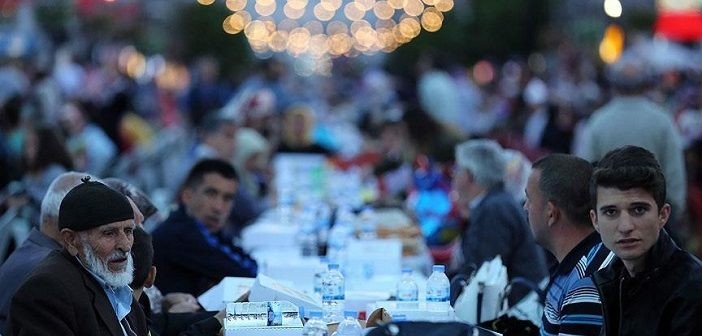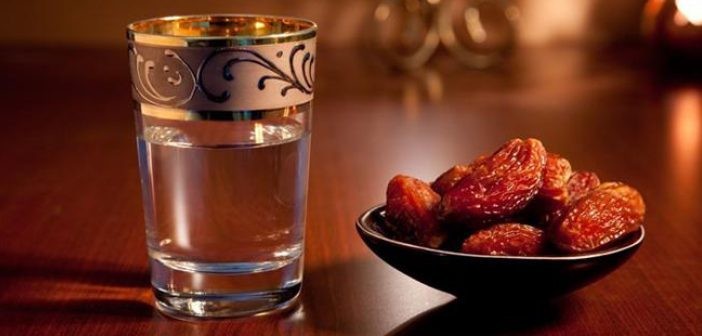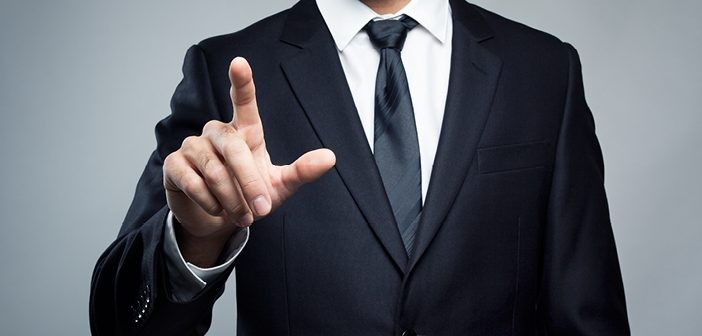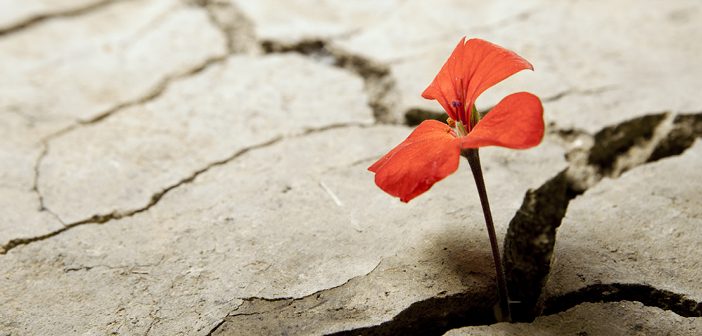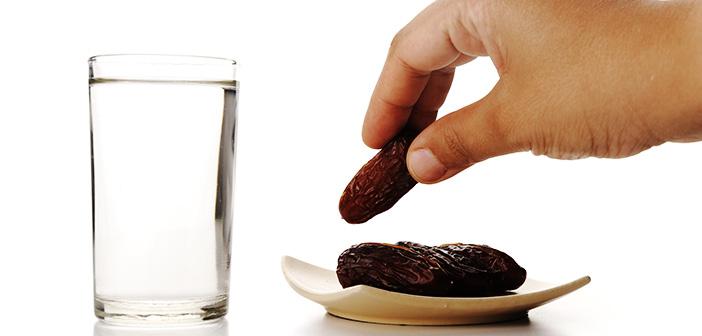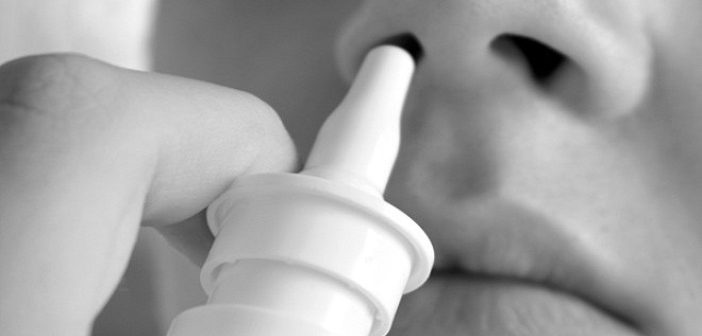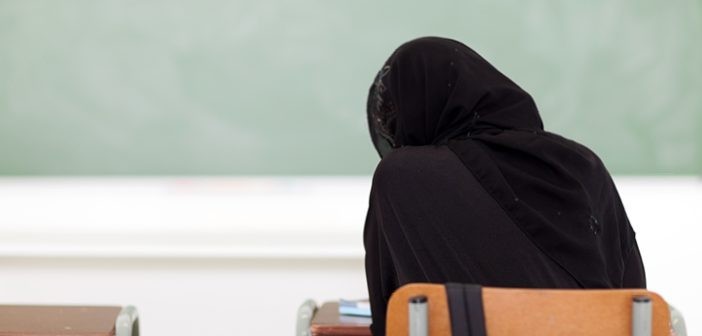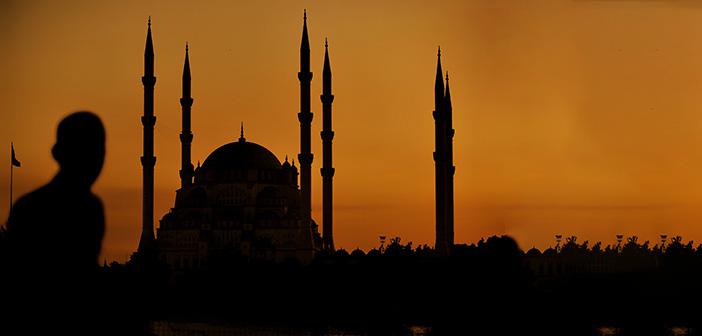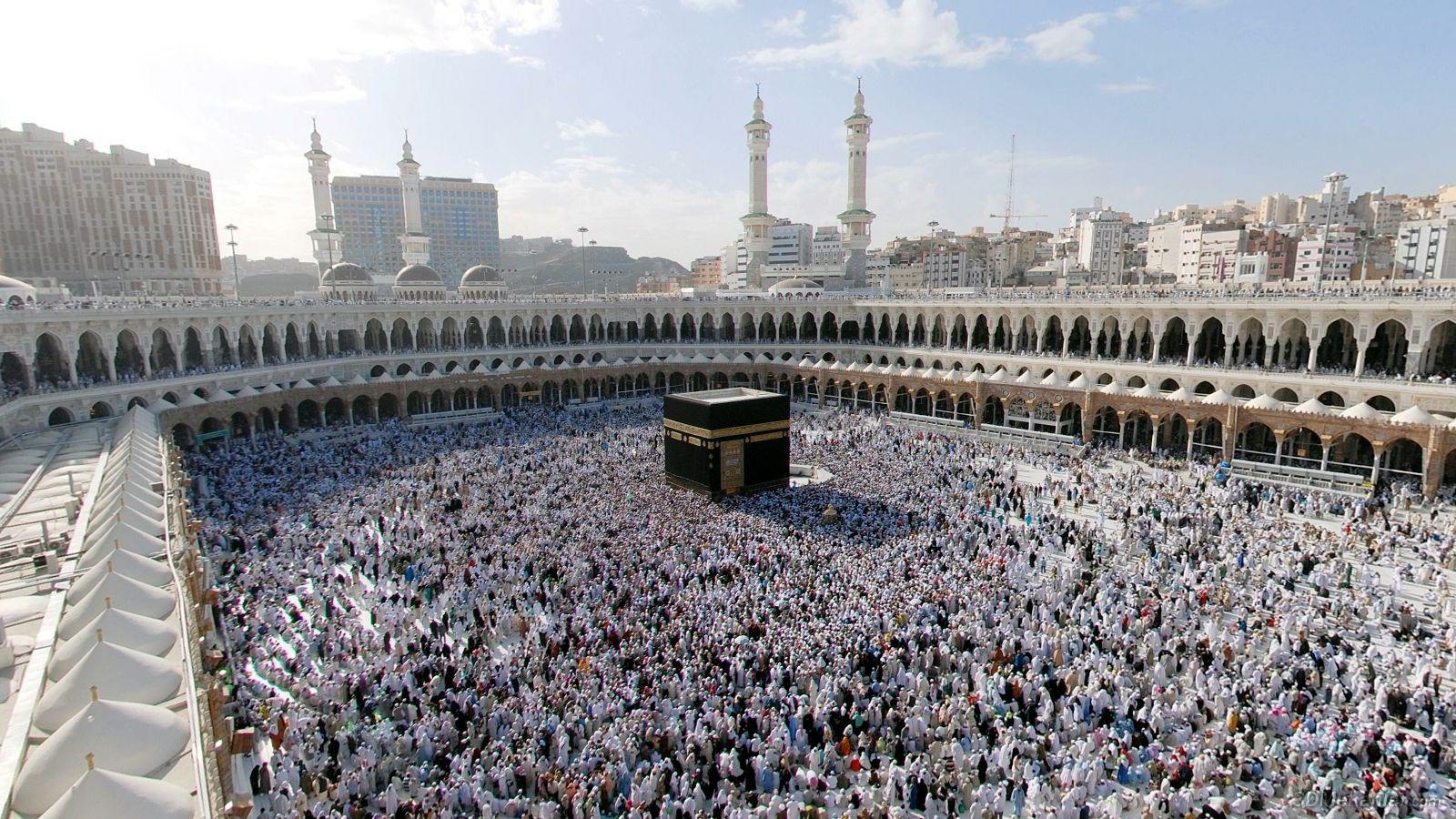
Prerequisites of Salah (Maliki)
What is prerequisites of salah?
The prerequisites of prayer are divided into three groups:
1. Wujub prerequisites
The only wujub prerequisite (ie.the requirement for prayer to be compulsory upon a person) for prayer is to reach puberty. Thus, prayer is not compulsory upon children. However, alongside this, children are supposed to pray once they reach seven years old.
2. Validity prerequisites
There are five prerequisites for the prayer to be considered Islamically valid:
- The praying person must be Muslim,
- Must be pure from hadath (have wudu’),
- Pure from najasah (impurity),
- Covering of the ‘awra,
- Facing the qiblah.
3. Both wujub and validity prerequisites
There are six:
- The Islamic message having reached the person,
- Being sane,
- Entering of the proper time for prayer,
- Having the strength for purification (taharah),
- Not being unconscious or unwary of the prayer,
- A woman not being on her menses or post-natal bleeding.
These points will be further discussed accordingly:
Cleansing of Hadath
Being cleansed from ritual impurity (by taking wudu’ or ghusl) is a prerequisite of prayer. Allah has ordained wudu’ or ghusl at required circumstances: “O you who believe! When you rise up for prayer, wash your faces, and your hands up to the elbows, and lightly rub your heads and (wash) your feet up to the ankles. And if you are unclean (junub), purify yourselves...” (Ma’idah: 6) The Prophet (p.b.u.h) has said: “If one of you has lost his wudu’, his prayer will not be accepted (by Allah) until he performs wudu’ again.” [1]
Cleansing of Najasah
This means to purify one’s body, clothing and things that are attached to oneself and cleanliness of the place of prayer so that there is no impurity that annihilates the prayer.
Covering The ‘Awra
‘Awra is divided into two types: Major (‘awra mughallaza) and minor (‘awra mukhaffafa). Here is the explanation in terms of the ‘awra of both genders:
1) Major ‘awra: A man’s genitals and behind (anus). A woman’s ‘awra in terms of prayer is her abdomen and everything horizontal to it. Thighs, backside and groin are included.
2) Minor ‘awra: A man’s minor ‘awra is his legs, hips and groin. A woman’s minor ‘awra is her chest and the parts horizontal to it. This includes the back, below shoulders, neck, and knees. It is haram to look at a woman’s both minor and major ‘awra parts.
It is fard to cover the major ‘awra areas during prayer if able to do so. However, if a man cannot find anything to cover himself with, he may perform the prayer naked. It is wajib to cover the minor ‘awra areas.
Facing the Qiblah
It is required to face the qiblah while praying, if one has the strength and safety to do so. The qiblah is the direction of the Ka’bah. The Ka’bah is not simply a holy site; it is also the center point towards which all Muslims worldwide pray.
When a person notices that he has erred in the qiblah during prayer: If he has angled off from the qiblah excessively, for example the ka’bah is left behind him or on his right or left, he should terminate his prayer and start again facing the right qiblah. It is not sufficient for him to turn to the qiblah while continuing his prayer. But if his digression from the qiblah is little, he may turn to face the qiblah while praying.
A person who realizes that he prayed in the wrong direction after he has completed his prayer should repeat the prayer if he has digressed from the qiblah too much. However if he did not completely stray from the qiblah by an extreme distance, he does not need to perform the prayer twice.
The Proper time
It is required to pray every prayer at its specified time. Just as a prayer is invalid when performed before the appropriate time, it is a sin to miss a prayer without a reasonable excuse. The following is a verse from the Qur’an: “Indeed, prayer at fixed times has been enjoined on the believers.” (Nisa: 103)
[1] Bukhari, Wudu 2
Source: Fiqh1 (According To The Maliki School Of Islamic Law), Erkam Publications
The Contents of Fiqh as a Science (Maliki)
The Importance of The Science of Fiqh (Shafii)




